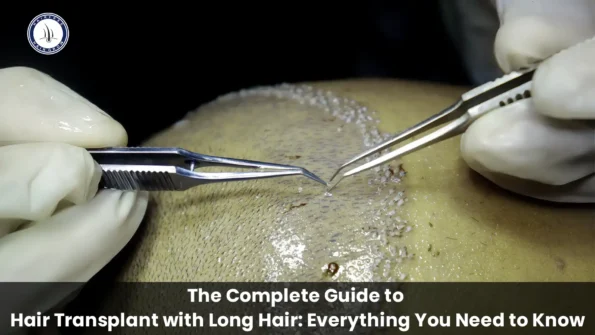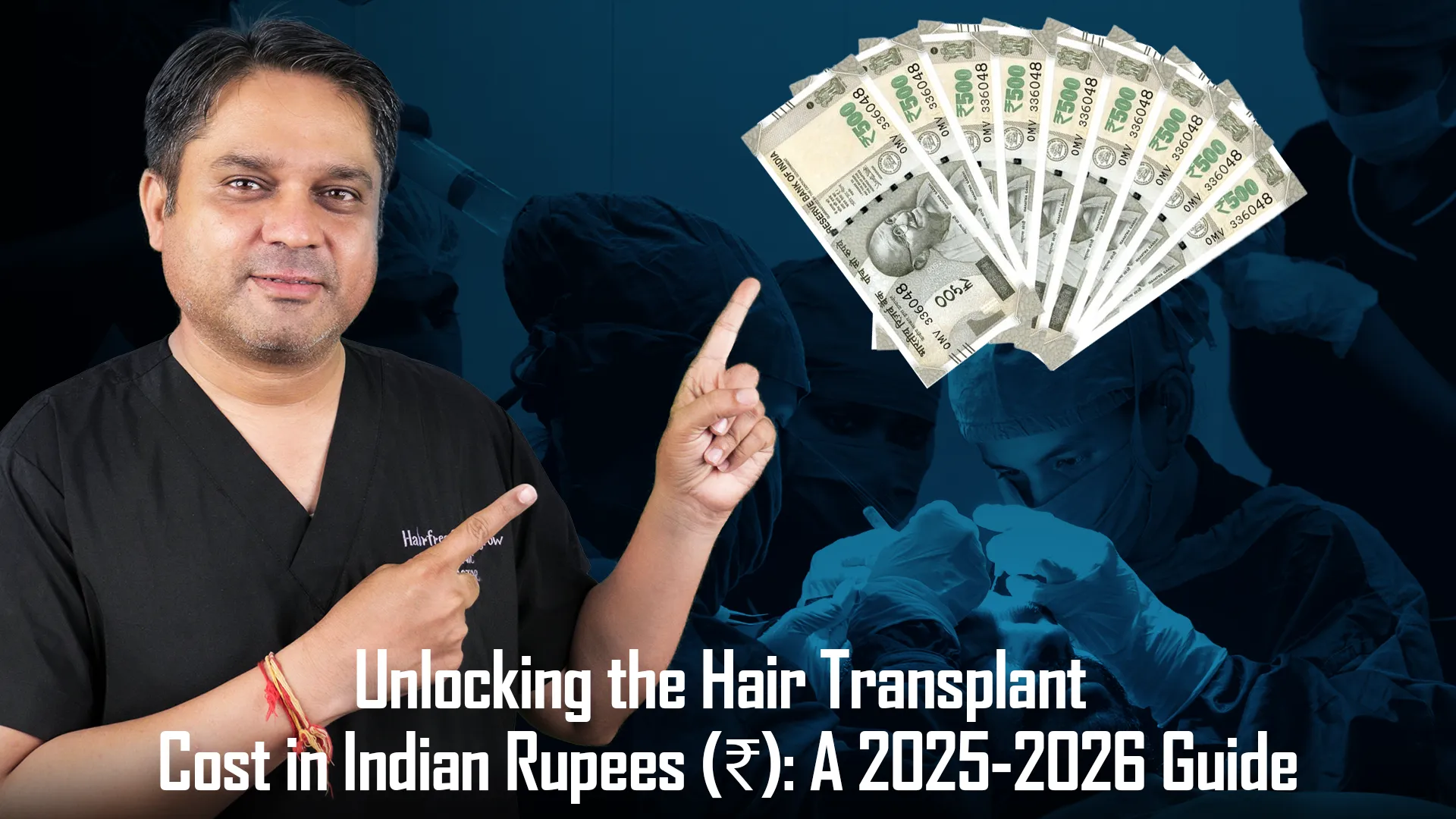Many men and women who experience thinning or hair loss may find that their ambition of having a full head of abundant hair is impossible. But because of developments in hair transplant technology, people with even very long hair can now regain their natural beauty. Transform your look with Hair Transplant with Long Hair for natural, seamless results.
Through surgical planning and execution, board-certified hair restoration experts can transplant individual follicular units into areas of need without any visible scarring or disruption to existing length. Within a year or two, patients enjoy a natural-looking fuller head of hair that maintains a long style with no limitations.
Candidacy for Long Hair Transplants
Some criteria they will assess include:
The extent and pattern of hair loss
Patients with diffuse thinning over the scalp or mild-to-moderate loss at the hairline/crown usually qualify well for long hair restoration if other factors allow. Extensive loss may benefit more from other options.Scalp and hair characteristics
Patients with straight, fine hair will often yield the best results as the grafts will assimilate seamlessly. Coarser, curlier hair may show more evidence of grafting over time.Lifestyle considerations
Those who wear their hair long all the time and are comfortable taking time off work for the procedure are ideal candidates. Frequent hair styles that cause traction on grafts should be avoided for 6-12 months post-op.Health history review
Overall health and lack of scalp conditions or risk factors for rejection will be evaluated.
Provided the evaluation deems you a good candidate, the physician can discuss your personal goals and create a customized restoration plan leveraging your existing length to maximize the natural appearance post-transplantation.
Preparing for Long Hair FUE or FUT
FUE
Known as the “scarless” method, it involves extracting individual follicular units one by one from the donor areas on the back/sides of the scalp using a precision tool and microscopic guidance. Because it does not involve strip harvesting, the existing length is untouched and returns quickly after. However, it can take longer to complete larger sessions and results may not be as robust for extensive coverage needs.
FUT
Involves removing a narrow strip of tissue containing hairs from the donor area, which is then dissected under a microscope to separate out complete follicular units individually. It offers more yield per hour but requires a thin, linear scar along the back/sides that grows inconspicuous with length over 6-12 months. For some, the more extensive coverage capability outweighs the temporary change in hairstyle needed.
The Hair Transplant with Long Hair Procedure
On the day of the hair transplant, allow at least 7-8 hours to complete larger FUE sessions with additional donor harvesting or FUT grafts, though smaller touch-ups may take half as long. You’ll be provided comfortable clothing and the surgery will be performed with local anesthesia provided as needed for pain management.
During FUE, you’ll be positioned comfortably while the surgeon extracts individual follicular grafts methodically, using optical magnification to ensure complete extraction of the hair follicle and surrounding tissue from the donor area on the back/sides. These grafts are then trimmed and placed into trays awaiting implantation into pre-planned sites across the recipient area. Each graft is delicately inserted into tiny incisions using thin, beveled micro-punch tools under magnification, taking care not to damage adjacent hairs or cause undue tension.
For FUT, after anaesthetizing the donor area on the sides/back, a narrow strip of tissue containing hairs is removed using a scalpel. Under a microscope, this strip is then dissected into individual follicular grafts which are inserted through small recipient sites as described for FUE. The donor strip is closed with dissolvable sutures which dissolve on their own within weeks, minimizing scarring over time.
Post-Long Hair Transplant Care & Expectations
- Avoid tight hairstyles, sun exposure, chemical treatments, or vigorous scalp massages for 4-6 weeks to allow grafts to heal without disruption. Gentle shampooing is fine.
- Applying antibiotic ointment to any recipient/donor areas as directed for 2 weeks to prevent infection.
- Taking any prescribed oral antibiotics/painkillers as needed. Over-the-counter anti-inflammatories may be used sparingly.
- Expect some temporary loss of existing hair density around grafts that will regrow within 4-6 months as new hair fills in.
- Return for follow-ups with your surgeon as needed for months thereafter to monitor progress.
- See initial signs of growth at 4 months, with continued thickening through 1 year and beyond as hair cycles mature fully.
Patients are usually back to regular daily activities within 5-7 days and hair can resume being worn open and unrestrained at around 6 weeks once grafts heal securely. With proper aftercare, existing hair length is not compromised and new growth integrates seamlessly without signs of the procedure overall.
Conclusion
Through precision planning and execution of FUE or FUT hair transplantation techniques, restoring a fuller head of long hair is highly achievable. Carefully selected candidates who follow postoperative care instructions may enjoy excellent results with their natural length maintained and regained with new growth. A qualified hair transplant surgeon at HairFree HairGrow can evaluate your unique needs and goals to customise a long hair restoration strategy providing natural, permanent results you’ll love for years to come.
Written By
MBBS, MD
Dr. Pratibha Pradhan is a hair restoration expert specializing in hair transplant with long hair. She offers advanced techniques that allow patients to retain their existing hair length while achieving natural results, ensuring a seamless and effective hair restoration experience.
Disclaimer
We’ve made all possible efforts to ensure that the information provided here is accurate, up-to-date and complete, however, it should not be treated as a substitute for professional medical advice, diagnosis or treatment. See Detailed Disclaimers Here.





